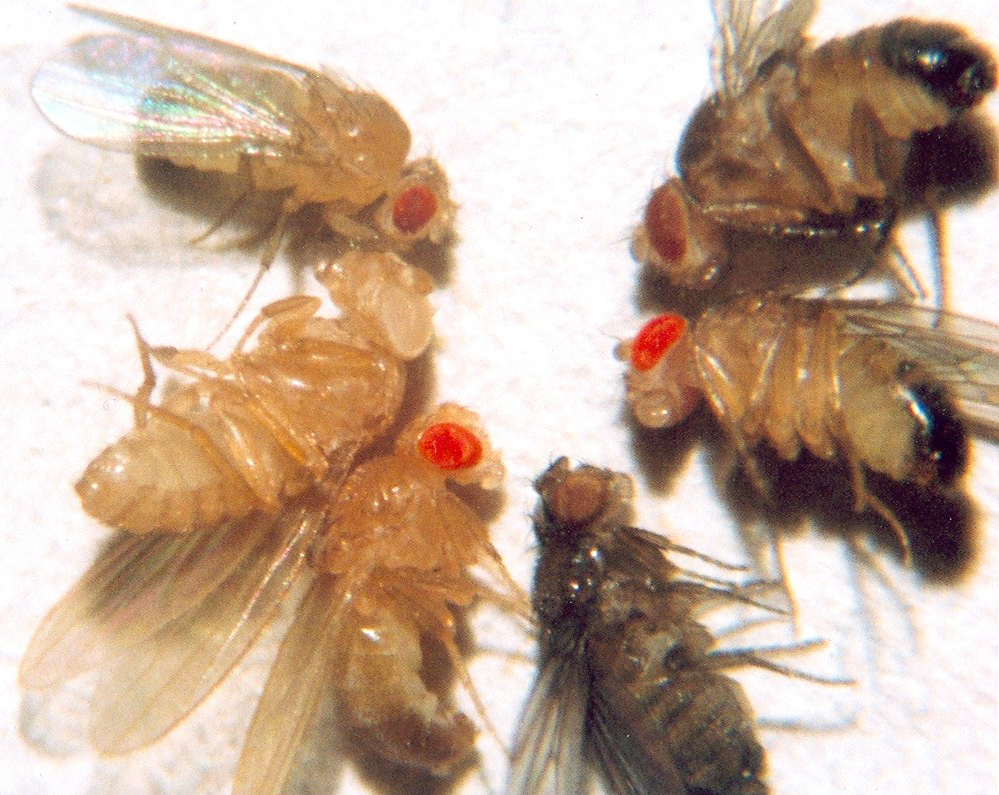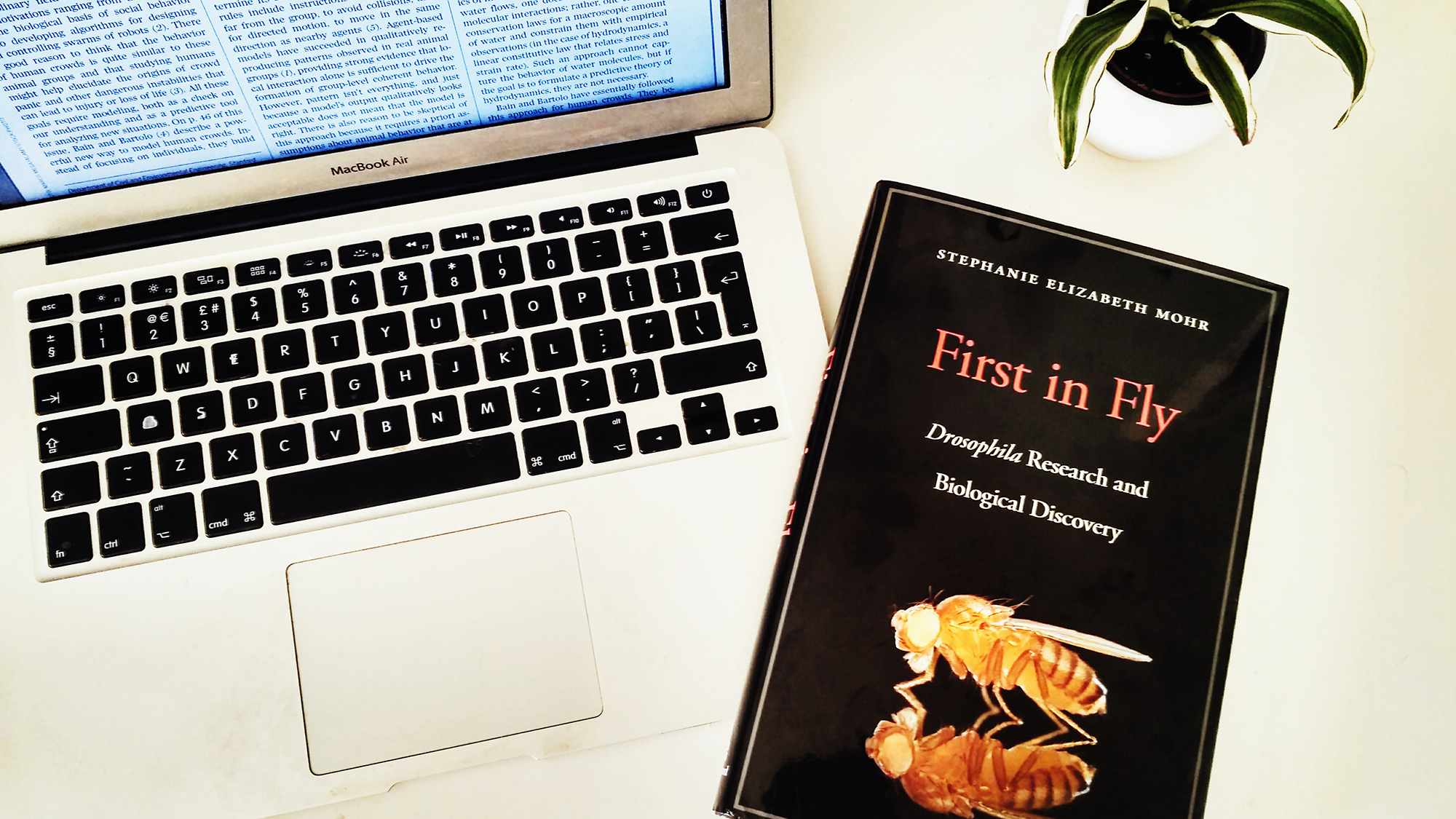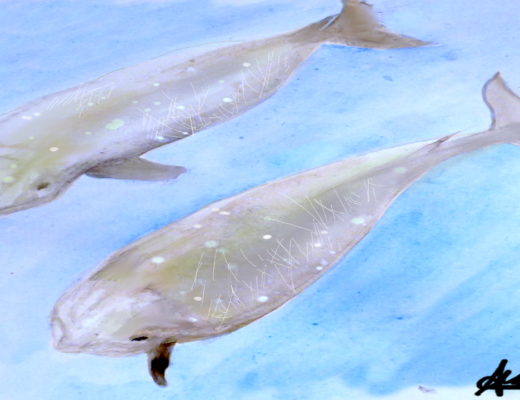During the 2008 US election campaign, governor Sarah Palin famously said that public funding was being wasted on projects like “fruit fly research”. This comment sparked anger in the scientific community, and the vice-presidential candidate was mocked for her ignorance. But was Palin’s unfortunate comment really stupid?
I worked with the fruit fly (Drosophila melanogaster) for several years during my research career and I was often asked “what the heck?”, so I think this is a perfectly valid question: why should we study fruit flies?
To answer this we need to go back about 100 years to Thomas Hunt Morgan’s laboratory at Columbia University (US). Morgan decided to use fruit flies to study how physical traits (for example, eye color) were transmitted from parents to offspring, and he was able to elegantly show that genes are stored in chromosomes and form the basis of heredity. This work won him a Nobel prize in 1933 and marked the birth of modern genetics.
But what really impressed Morgan’s colleagues was how fast he obtained his results- while other geneticists could spends years on a single experiment using traditional model organisms like chicken, mouse or plants, Morgan did several experiments with flies in just a few months!

And because female flies can lay dozens of eggs every day, essentially producing thousands of offspring over the course of a lifetime, Morgan could quickly verify his data on very large samples. Compare this with experiments on a few dozen chickens or mice… The fruit fly allowed geneticists to conduct experiments with an unprecedented statistical power.
Today thousands of scientists around the world use Drosophila as a model organism for the same reasons Morgan used this pesky insect in his research over a century ago:
– flies are cheap and easy to maintain (Morgan fed them rotten bananas, but nowadays we feed them a soup of corn flour and sugar);
– they reproduce quickly (in about 10 days) and make lots of babies, so we can do many experiments over several generations in a short time;
– genetic mutations (faulty genes) often cause visible changes in the flies’ bodies (for example, different eye colour, smaller wings), so we can easily track the mutation in a population and figure out a gene’s function.
But there is another important reason: although fruit flies and humans look very different, they share many of the same gene networks and biological processes. For example, flies have about 75% of the genes known to cause disease in humans, which means we can study disease and test medical drugs in flies, quickly and cheaply.
Take age-related neurodegenerative diseases like Alzheimer’s, for example. This type of diseases are difficult to study because they develop over a long period of time, and typically when the symptoms appear the disease is already at an advanced stage, so it’s difficult to determine its cause. Although fruit flies don’t normally develop Alzheimer’s, their brains have the same genes and molecular machinery involved in the human disease. So scientists can study how the progression of Alzheimer’s (and other age-related diseases) in the fruit fly within just a few weeks.
The book featured in this post, by Stephanie Elizabeth Mohr, is entitled “First in fly” because so many important genes in humans were first discovered in Drosophila. And even though the scientists making these discoveries didn’t know it at the time, several of these genes are implicated in biological processes in humans and in diseases such as cancer, diabetes, Down’s syndrome, and neurodegenerative diseases like Alzheimer’s, Parkinson’s and others.
As Morgan showed us over 100 years ago, using simple model organisms like the fruit fly to study complex biological questions speeds up our understanding of fundamental mechanisms that may translate into medical applications.
And this is why public funding isn’t wasted on fruit fly research.
Further reading:
Robin McKie “Six Nobel Prizes: what’s the fascination with the fruit fly?” Guardian (2017)
Stephanie E. Mohr “First in Fly” Harvard University Press (2018)




